What is 7.62mm Nagant ammo?🤔
It is also known as a 7.62x38mmR or 7.62mm Nagant revolver cartridge and is a specific type of ammunition designed for the 7.62mm Nagant revolver. The “R” in the designation stands for “rimmed,” which indicates that the cartridge has a rimmed case, a common feature in revolver ammunition. This ammunition was primarily used in the Russian Nagant M1895 revolver, which was a standard-issue sidearm for the Russian and Soviet armed forces for many years.
Features⚡
7.62mm Nagant ammo possesses several distinctive features that set it apart from other types of ammunition. Here are the key ones:
✅ One of the most notable features is its unique bullet seating system. The bullet is designed to fit within the cartridge case, allowing the case to completely envelop the base of the bullet. This design was intended to create a better gas seal when fired in the Nagant M1895 revolver, which had a gas-sealing mechanism that helped increase muzzle velocity and accuracy.
✅ The cartridge has a rim at the base of the case. This rimmed design is common in revolver cartridges and aids in the smooth extraction of spent casings from the revolver’s cylinder.
✅ This ammo is considered to be of moderate power compared to more modern pistol cartridges. It was designed primarily for military use and is not optimized for high stopping power or velocity.
✅ The Nagant M1895 revolver could be fitted with a specialized suppressor, primarily due to the unique gas-sealing system that ensured minimal gas leakage during firing. This made the revolver one of the few that could be effectively suppressed at the time.
Benefits🔥
7.62mm Nagant ammo offers several benefits, especially when used in the context of the Nagant M1895 revolver and certain historical scenarios. Here are specific advantages associated with this type of ammunition:
💣 Historical Significance: The ammunition, along with the Nagant M1895 revolver, holds significant historical value due to its use in various historical events, including World War I and the Russian Revolution. This historical context can make it appealing to collectors and enthusiasts interested in firearms history.
💣 Collectibility: Both the Nagant M1895 revolver and its associated ammunition have gained a collectible status among firearm enthusiasts and collectors. The unique design features and the role they played in history contribute to their allure.
💣 Unique Shooting Experience: Owning and shooting a Nagant M1895 revolver with its specific ammunition can provide enthusiasts with a hands-on experience of a bygone era. The revolver’s design and the ammunition’s features offer a glimpse into the technology and firearms used during its time.
What advantages and limitations of using it?🔍
Let’s discuss the advantages and limitations of using 7.62mm Nagant ammo for different purposes: target shooting, hunting, and self-defense.
| 🔷 Advantages: | 🔶 Limitations: | |
| 🎯 Target Shooting: |
✔️ Low Recoil: The moderate power of such ammo results in manageable recoil, making it comfortable for shooters during extended target practice sessions. ✔️ Historical Appeal: For enthusiasts interested in historical firearms, using this ammo in a Nagant M1895 revolver provides a unique and authentic shooting experience. ✔️ Collectibility: If you own a Nagant M1895 revolver, using the original ammunition adds to the overall historical and collectible value of the shooting experience. |
✔️ Limited Versatility: The ammunition’s moderate power and specialized design may limit its performance in target shooting competitions that require higher levels of accuracy and velocity. ✔️ Availability: Finding it might be challenging compared to more commonly available calibers, potentially limiting your shooting opportunities. |
| 🎯 Hunting: |
✔️ Historical or Nostalgic Hunting: Using the Nagant M1895 revolver and its associated ammo for hunting could provide a unique, historical hunting experience that some enthusiasts may find appealing. ✔️ Low Recoil: The moderate recoil of the ammunition could be suitable for hunters who prefer firearms with less recoil when targeting smaller games. |
✔️ Power and Performance: This ammo might lack the necessary power and ballistic performance for ethical and effective hunting of larger game. More modern and specialized ammunition options are available for this purpose. ✔️ Limited Ammunition Selection: The variety of bullet types and loads might be limited, reducing your ability to choose the best-suited ammunition for different hunting scenarios. |
| 🎯 Self-Defense: |
✔️ Suppressor Compatibility: If used in a Nagant M1895 revolver with a suppressor, the ammunition’s gas-sealing mechanism can help maintain the effectiveness of the suppressor, making it advantageous for covert self-defense situations. ✔️ Low Recoil: The moderate recoil of the ammunition could make it more manageable for individuals who are sensitive to recoil and prefer firearms with less kick. |
✔️ Stopping Power: It might lack the stopping power required for effective self-defense, especially compared to more modern and powerful ammunition options available today. |
✍️ In summary, while this ammo has certain advantages such as historical appeal, low recoil, and suppressor compatibility, it also comes with limitations in terms of versatility, power, and availability. It’s important to carefully consider the intended purpose and assess whether the ammunition’s features align with your specific needs and preferences.
Best 7.62mm Nagant Ammo Reviews
1# FMJ – Fiocchi – 7.62x38mmR – 97 Grain – 50 Rounds
If you need high-quality, affordable ammunition that will provide impressive results, you should check out Fiocchi Pistol Shooting Dynamics Centerfire Handgun Ammunition. For more than 25 years, this line of ammo has continued to earn rave reviews from users, thanks to its focus on the three most important elements in the shooting process: the shooter, the pistol, and the ammunition. Our research has shown that by creating perfect synergy between these three elements, Fiocchi has produced some truly impressive results. So don’t wait any longer – pick up a box (or two!) today and see for yourself why Fiocchi is one of the world’s leading ammunition manufacturers.
How to store and handle this ammo?🔐
Proper storage and handling of ammunition are essential to maintain its quality and longevity, ensuring safe and reliable performance. Here are some tips for storing and handling it:
🟦 Storage:
| 🧩 Dry Environment: Store your ammunition in a dry environment with controlled humidity. Moisture can cause corrosion and degrade the quality of the ammunition. |
| 🧩 Cool Temperature: Aim for a consistent and cool storage temperature. Extreme heat can lead to changes in propellant properties and affect performance. |
| 🧩 Ammunition Container: Use airtight containers, ammo cans, or sealed plastic bags to protect your ammunition from exposure to air and moisture. Silica gel packs can help absorb excess moisture inside the storage container. |
| 🧩 Dark Space: Store ammunition away from direct sunlight and fluorescent lighting, as ultraviolet (UV) light can deteriorate bullet casings and potentially affect the powder inside. |
| 🧩 Elevated Storage: If possible, store ammunition off the ground to prevent moisture absorption. Wooden shelves or metal racks are good options. |
| 🧩 Organized Labeling: Label your storage containers with the caliber, type of ammunition, and date of purchase. This helps you identify and rotate older ammunition for use. |
🟦 Handling:
| 🧩 Clean Hands: When handling ammunition, ensure your hands are clean and dry to prevent transferring moisture, dirt, or oils onto the cartridges. |
| 🧩 Avoid Dropping: Avoid dropping or banging the cartridges, as this could damage the primer or bullet, compromising safety and performance. |
| 🧩 No Smoking or Open Flames: Handle ammunition away from open flames, sparks, and smoking materials to prevent accidental ignition. |
| 🧩 Inspect Before Use: Before loading the ammunition into your firearm, visually inspect each cartridge for signs of damage, corrosion, or deformation. Discard any cartridges that appear compromised. |
| 🧩 Proper Loading: When loading the ammunition into the firearm’s magazine or cylinder, ensure proper alignment and avoid forcing cartridges. Follow the firearm’s manual for loading instructions. |
| 🧩 Avoid Oily Surfaces: Keep ammunition away from oil, solvents, and lubricants. Excess oil can seep into the cartridge and potentially degrade the propellant. |
| 🧩 Rotate Stock: If you have a collection of 7.62mm Nagant ammo, practice “first in, first out” rotation. Use older ammunition before newer purchases to ensure all ammunition is used within a reasonable timeframe. |
| 🧩 Avoid Unnecessary Handling: Excessive handling can lead to wear on the cartridge’s casing and primer. Minimize unnecessary handling to preserve the ammunition’s integrity. |
👍 By following these storage and handling guidelines, you can help ensure the longevity, reliability, and safety of your ammunition. Remember that proper care and attention to detail are key to maintaining ammunition in optimal condition.
FAQ🤓
Conclusion😊
7.62mm Nagant ammo is a popular ammunition choice for many shooters, and there are a lot of great ammo options on the market today. In this article, we’ve highlighted some of the shooters’ favorite ammo products and shared some tips on how to select the best one for your needs. We hope you found this information helpful and that it will help you make an informed decision when purchasing ammo for your next shooting adventure! Good shopping!🛒🥰
Affiliate Disclosure: Rotorm.com sometimes gets paid for listings, through sponsors or affiliate programs like Amazon, Optics Planet, Lucky Gunner, Brownells, Cabelas, Rainier Arms, 5.11 Tactical, Bass Pro Shop, etс. Clicking a link helps keep Rotorm.com free, at no extra cost to you!
About the author: Each article on our site is written by experts in survival and tactical equipment, gun enthusiasts, extreme travelers, military, law enforcement and desperate professionals, read about the author at the bottom of the article or visit "About Us" page.
Note: The views and opinions expressed in this article are those of the authors and do not necessarily reflect the official policy or position of any agency.

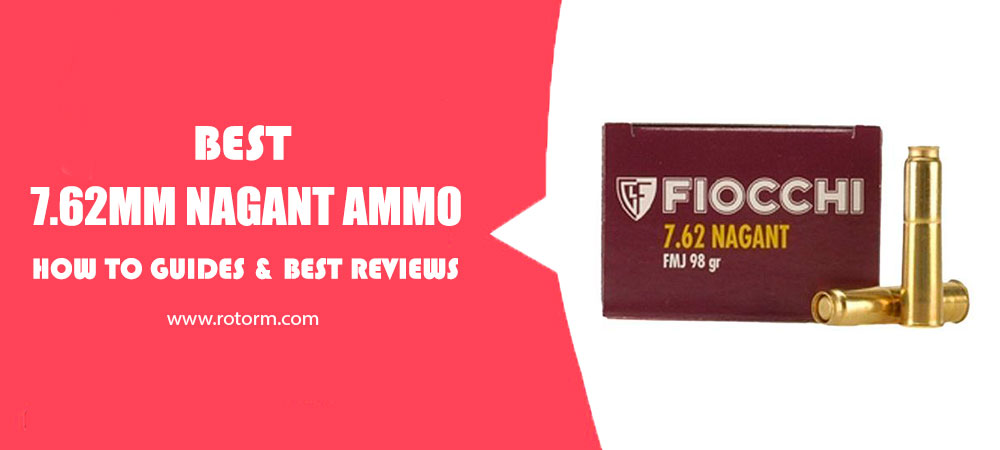
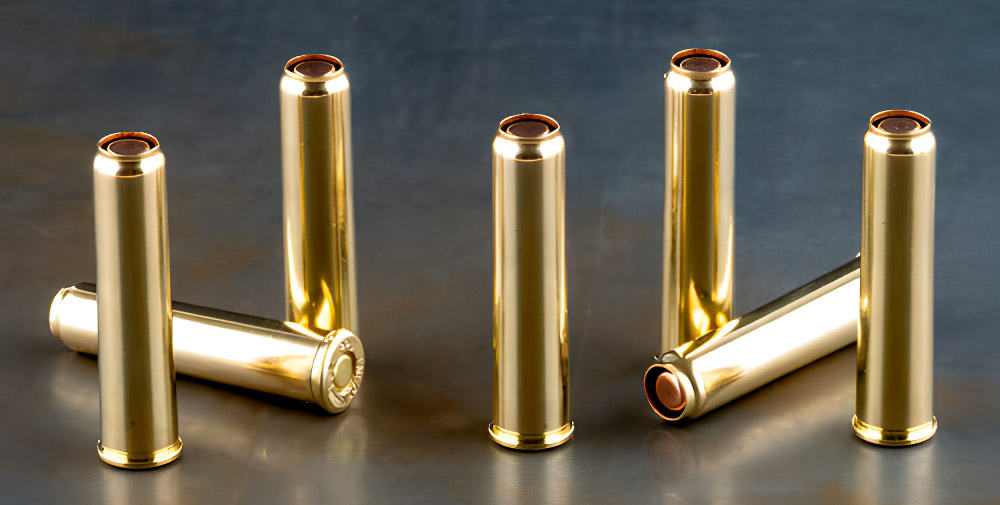
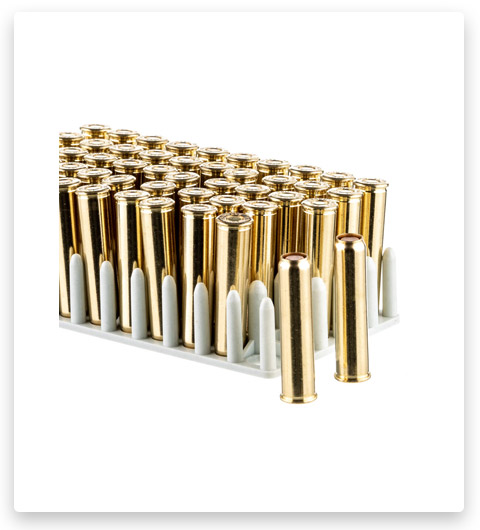
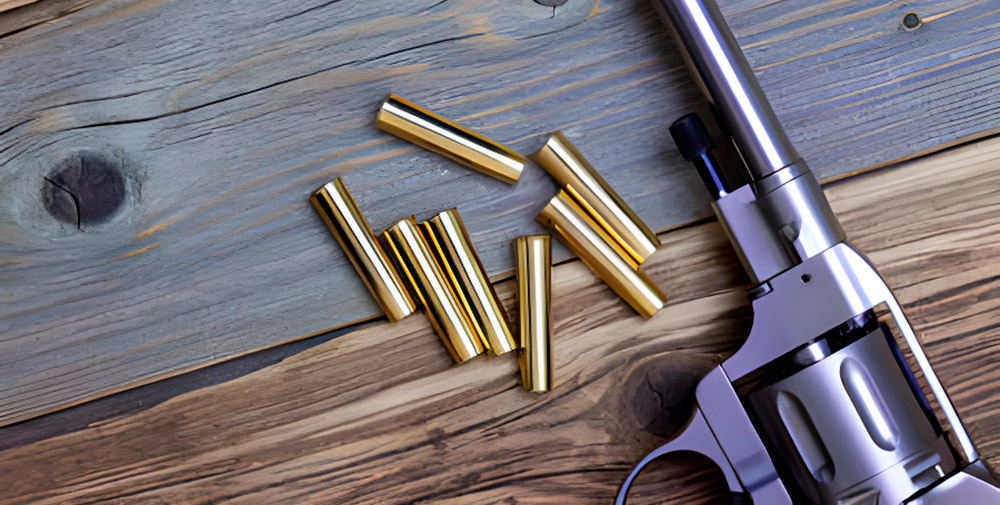
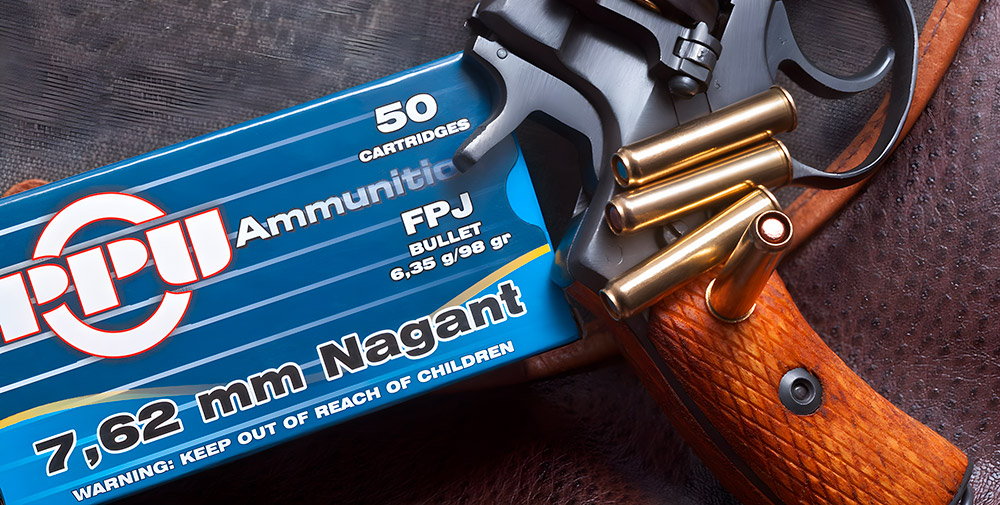
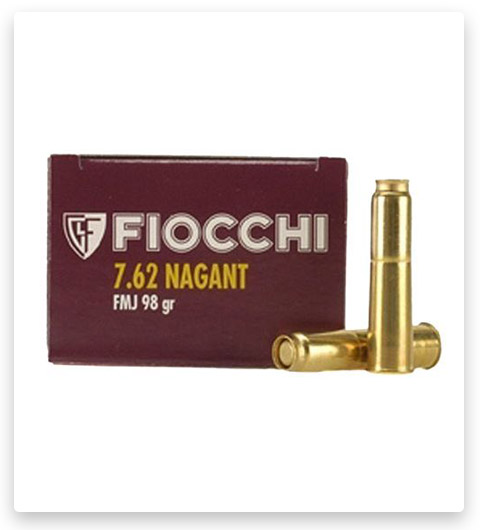

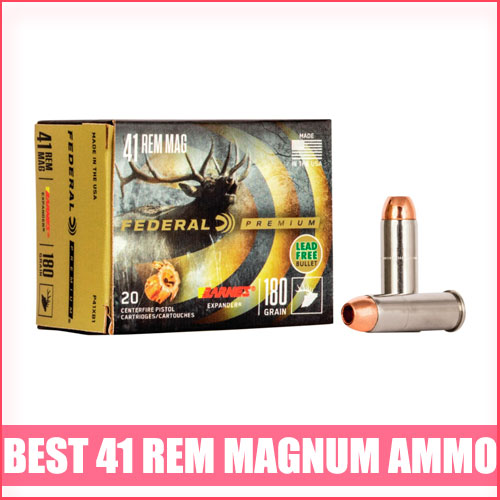
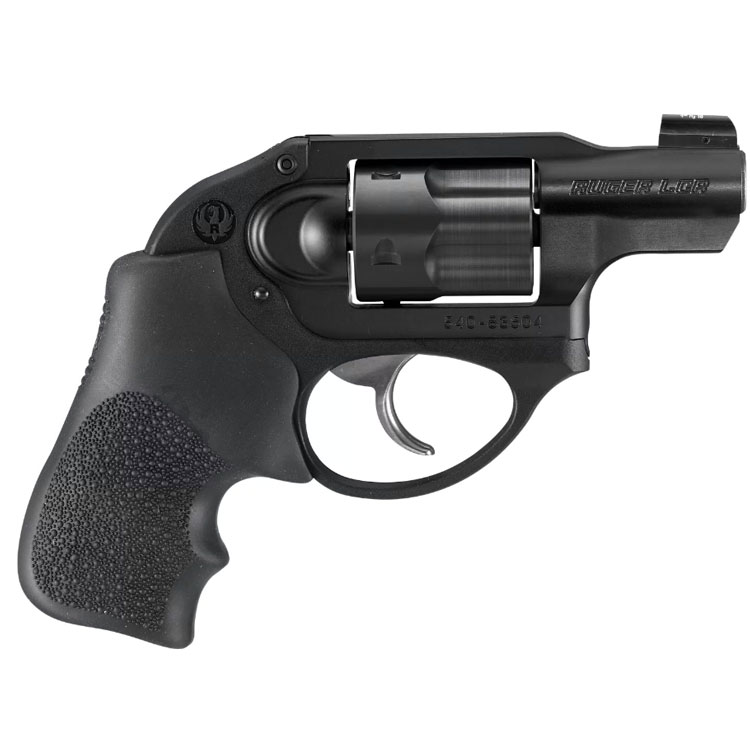

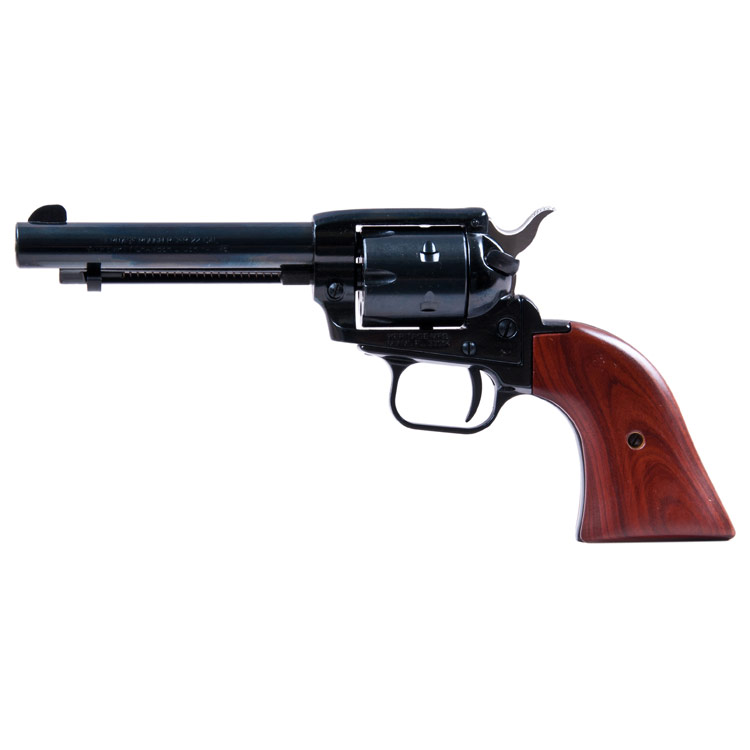
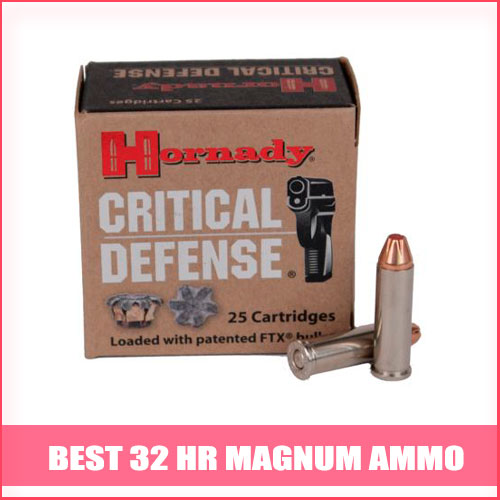
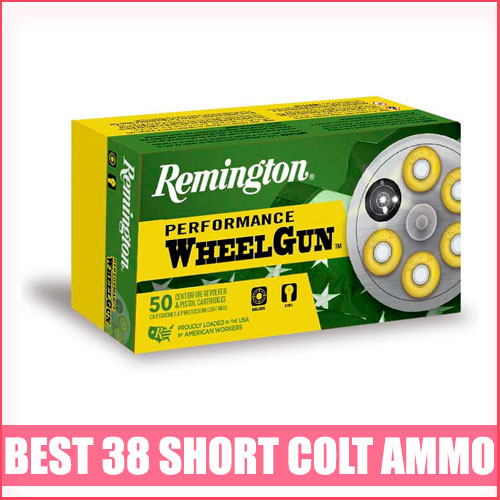
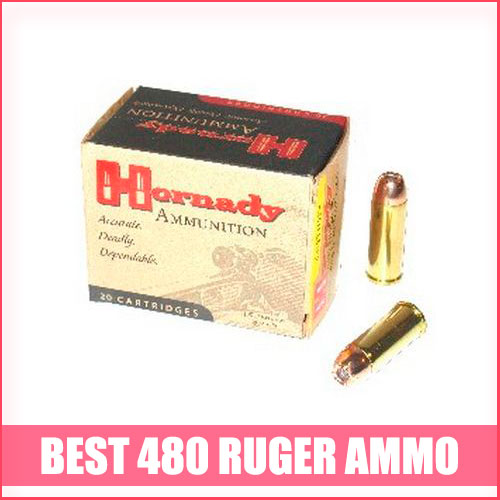
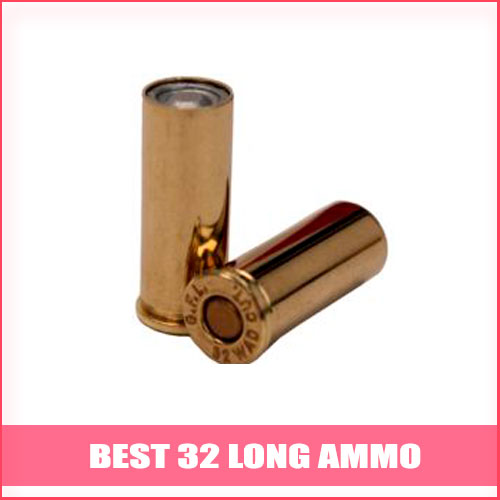
There’s still quite a bit of research ahead of me, but I’m pondering the feasibility of fitting a 7.62 Tokarev bullet into a Nagant casing. It’s an interesting idea, and I’m curious to explore whether it’s a viable option.
The prospect of having to cram anything doesn’t seem necessary here since the diameters of both the 7.62 Tokarev bullet and the Nagant casing are identical. A point that has me particularly intrigued is that surplus 7.62×25 ammo is around 85 grains, whereas surplus 7.62x38R ammo hovers around 72 grains or so. When I compare these figures, it doesn’t seem like there’s any inherent reason why this wouldn’t function. And if the gas seal isn’t a concern, then shooting the bullet without needing to recess it into the case could be a valid option.
I’m considering delving into reloading for some of my more unusual and less commonly encountered calibers. I’m curious to know if cylindrical bullets are for reloading 7.62 Nagant, or if I can use any 7.62 necessity pistol bullet by fitting it into the shell, allowing for the use of hollow points or soft point bullets. It’s more of a hobby interest, as I do recognize the importance of relying on more effective self-defense calibers.
It’s worth noting that in Soviet Russia, the concept of 7.62mm (30 Caliber) translates to a .311” bullet diameter. So, opting for a .308″ bullet might not yield the desired accuracy due to this difference. What adds an intriguing layer to this is the Soviets’ shared tooling approach. It’s quite remarkable that they utilized the same tooling for various calibers such as 7.62x54R, 7.62x38R, 7.62×39, and 7.62×25. This level of resourcefulness is truly noteworthy.
Forgive me if this question seems elementary, but I’ve been pondering the prevalence of various calibers labeled as “7.62”. It’s evident that these calibers aren’t interchangeable, yet what’s the underlying reason for the widespread use of “7.62” across a range of pistols and rifles? Could it be due to manufacturing convenience, historical tradition, or perhaps some intrinsic quality of projectiles within this size range? It’s an aspect of firearms that’s genuinely intriguing.
Clarifying this, “7.62” essentially translates to .30 caliber – a neat, round number from the imperial measurement system, offering the desired ballistic traits. While there are also the likes of 7.63×25 Mauser and 7.65, which do possess varying diameters, the foundation of these calibers revolves around the .30 cal bullet. It seems that “7.62” is essentially a somewhat loose translation into the metric system. For Russian firearms, the connection to 7.62mm becomes even more intriguing. It’s interesting to note that in Russian, 7.62mm equates to three lines – the tiny imperial Russian measurement, where each line measures 2.54mm. This continuity was carried forward by the Soviets, largely driven by their extensive arsenal of Mosin three-line rifles. The efficiency of using the same tooling for their various small arms played a significant role in this standardization.
I’m quite unfamiliar with the realm of target shooting, but I recently came across a box labeled “target ammo”. This got me thinking – what could be the reasoning behind using an older revolver for target shooting, especially in the year 1972? It’s intriguing to consider the possibilities of who could have been using these firearms during that era.
I’ve learned that there exists a variation of the Nagant pistol that has been utilized for target shooting purposes. It leads me to speculate that Soviet armorers must have somehow addressed the notorious Nagant trigger pull to make it more suitable for precision shooting. It’s quite intriguing to consider how they might have managed to improve the trigger mechanics for such specific shooting applications.
Quite recently, I came into possession of a substantial amount of PPU 7.62mm Nagant brass. It’s worth noting that all of these casings have been fired once and, at first glance, they seem to be in excellent condition. Now, here’s where my query arises: I’m curious if there might be individuals who are knowledgeable about the potential value of this brass, assuming I were to de-prime them and give them a run through my stainless steel tumbler. Is there even a community out there that engages with this caliber, let alone reloads for it? It’s intriguing to ponder whether there’s a market for such brass among those who are actively involved with this particular caliber.
✔️ Prices vary, but searches show once-fired Nagant brass selling for around $0.10-0.20 per case when sold in bulk. So 500-1000 cases might get $50-100 or so. Of course, it depends on the exact quantity and condition.
✔️ De-priming, cleaning, and sorting the brass into caliber-specific lots would likely increase the value to buyers who want ready-to-reload brass.
✔️ Considering the niche status of the caliber, investing time into reloading and shooting the brass yourself could be an option too.
💡 In summary, while not hugely valuable, once-fired Nagant brass has a market among the limited number of hobbyists and collectors who actively use this caliber. The key would be connecting with those specific buyers through forums, groups, or classifieds. I hope this gives you some helpful insight into the potential options and demand!